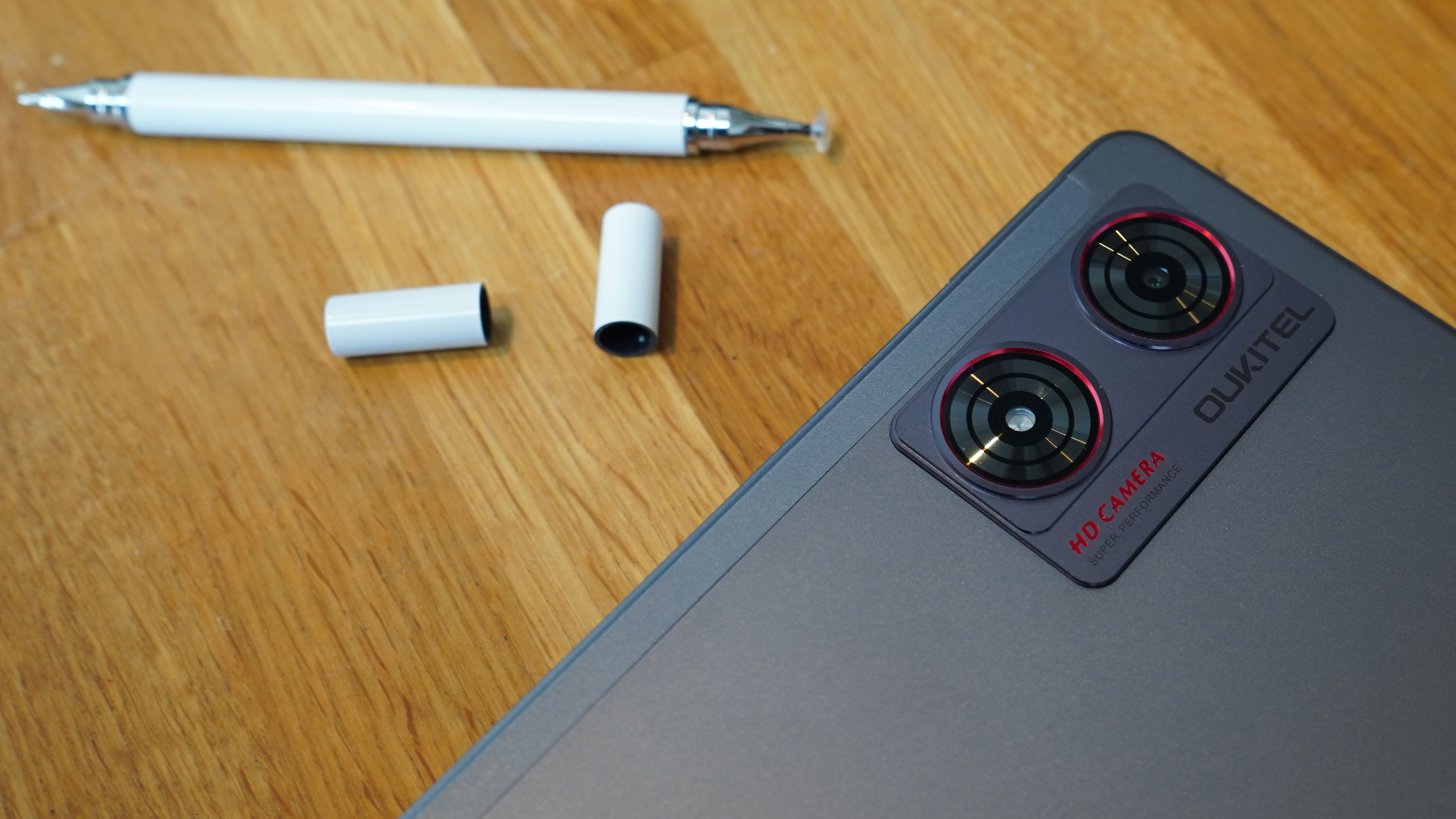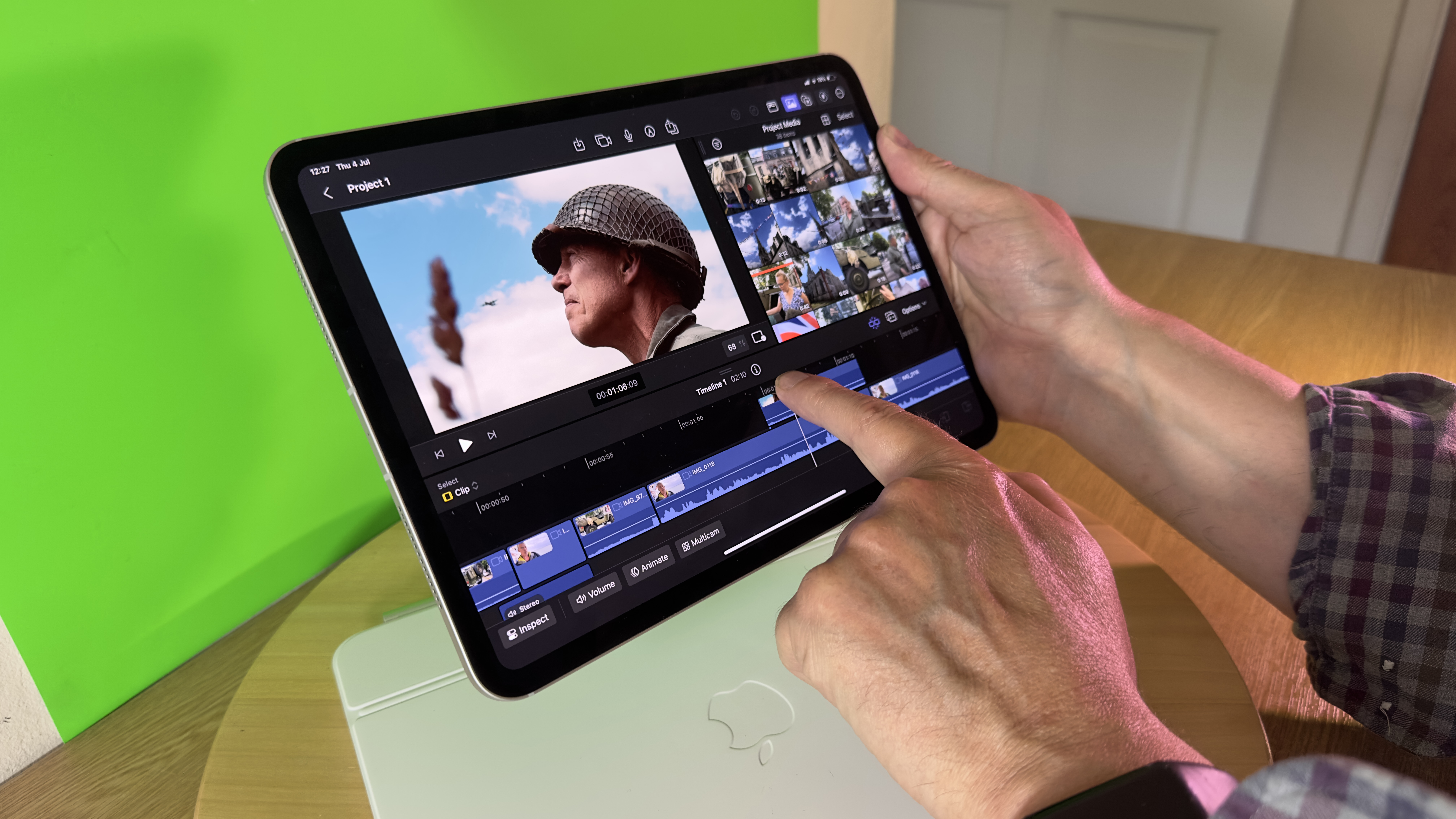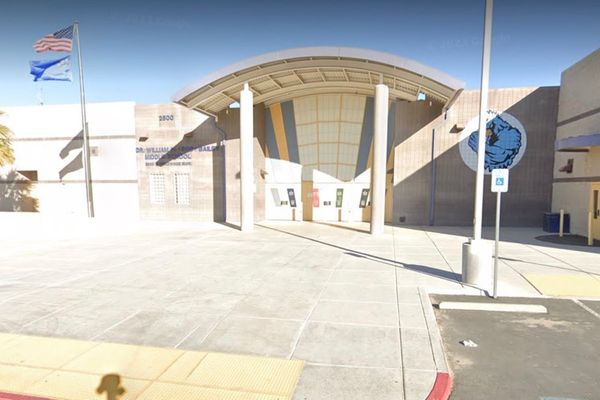
It's no secret: even the best tablet cameras still aren't great. In fact, they're often… well, kind of embarrassing. While smartphone photography keeps getting smarter, sharper and more cinematic, tablets are stuck in a time warp. And for a device that can cost over a grand, I find that hard to swallow.
Before anyone rolls their eyes and says, "But who even uses a tablet for photos?", hear me out. In reality, tablets are no longer just oversized Netflix machines. In 2025, they're used for everything from remote working and video conferencing to note-taking, live sketching and even on-the-go content creation.
Photographers, students, designers, artists: we're all using tablets in ways that would have been unthinkable five years ago. So, why shouldn't the cameras be up to scratch?
After all, a lot of people use their tablet cameras for more than just QR codes. Teachers use them to document student work. Healthcare professionals capture images for patient records. Field workers collect visual data.
For these professionals and others, having to switch between devices disrupts workflow and productivity. Even photographers may sometimes find themselves in situations where the tablet in hand is the most convenient camera available.

Convenience, though, doesn't mean you'll capture high-quality images. Take the iPad Pro M4, for example. This sleek, powerful bit of kit has a 12MP Wide and 10MP Ultra Wide on the back, and a 12MP TrueDepth camera on the front. Sounds decent, right?
But when you compare that to the camera magic happening on the iPhone 16 Pro Max – with its 48MP sensors, deep fusion, night mode, and cinematic features – it's clear that tablets are still the poor cousins at the Apple family reunion.
And it's not just Apple. The Samsung Galaxy Tab S9 Ultra is a stunner in every way – except its cameras. It packs a 13MP rear shooter and a 12MP ultra-wide front camera; perfectly serviceable, of course, but nowhere near the imaging prowess of the Samsung Galaxy S25 Ultra with its 200MP primary sensor.
Not good enough
Of course, megapixels aren't everything: what really matters are things like dynamic range, color accuracy and low-light performance. Unfortunately, these are also areas where tablet cameras fall short.
You end up with images that are soft, noisy or oddly flat, especially when the lighting isn't playing nice. And let's not even talk about how awkward it is to hold a big tablet steady while taking a photo, without looking like you're using a dinner tray to film a wedding.
To be fair to manufacturers, there are obvious challenges here. Squeezing a top-tier camera system into a thin, light tablet without messing with battery life, thermals or the overall design is never going to be easy. But when we're paying such eye-watering prices for a high-end tablet, it's not unreasonable to expect more than "good enough".
What I'd like
So what would better tablet photography look like? Perhaps it's time to demand dedicated camera modules that don't compromise the tablet's slim profile, or computational photography features specifically optimized for tablet use.
Manufacturers could even explore partnerships with camera specialists, similar to what we've seen in smartphones with Leica and Hasselblad.

Certainly, the old "But tablets are for media consumption" excuse doesn't hold water any more. Nowadays, professionals want devices that can do it all: sketch, edit, Zoom, shoot. And if we're already carrying a tablet for work or play, we shouldn't have to reach for a phone just to take a decent picture or shoot video.
So here's my polite plea: if you're developing the next beautiful, high-performance tablet, don't skimp on the camera. I'm not asking for a photo perfection on my iPad or Galaxy Tablet, just something that can hold its own when inspiration strikes and I have a tablet in my hand rather than a phone.
You might also like…
The best tablets for photo editing and the best iPads for photo editing are still great for on-the-go post production. Even if the cameras are pure potato.







